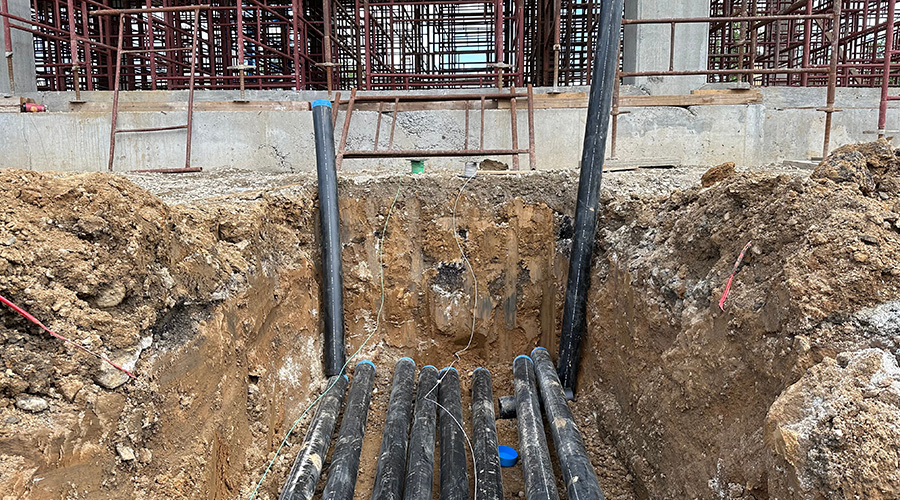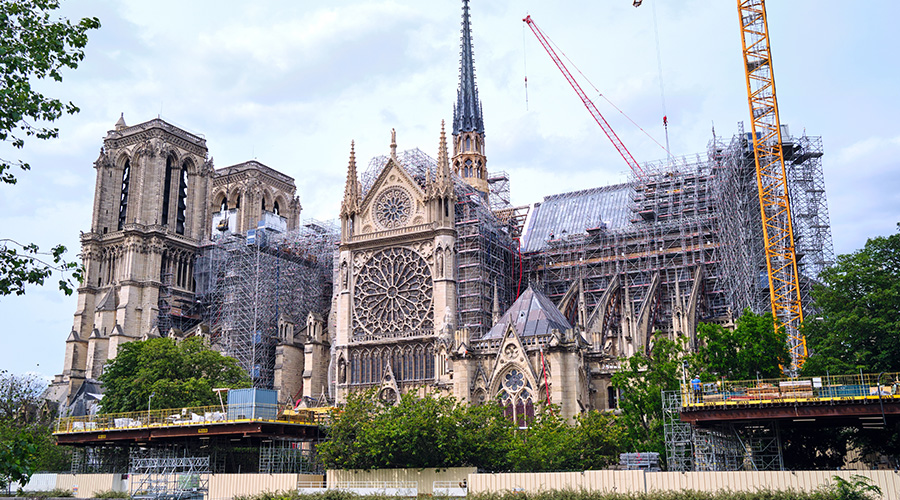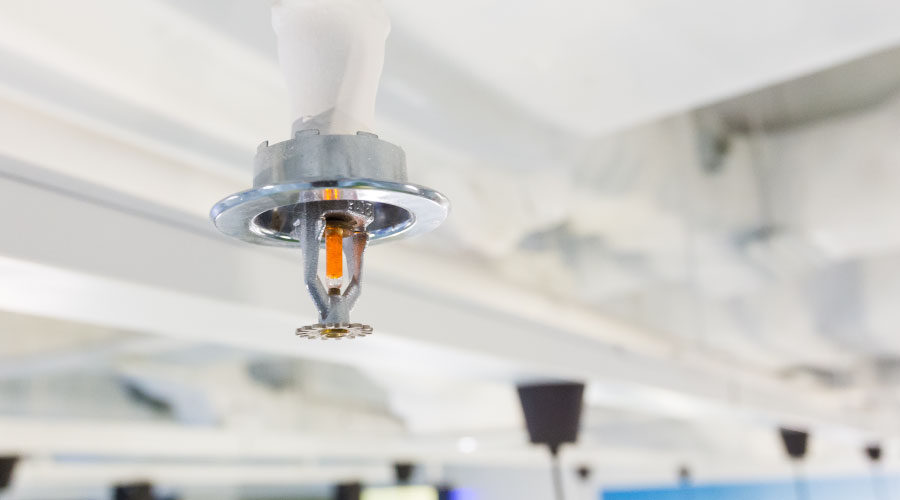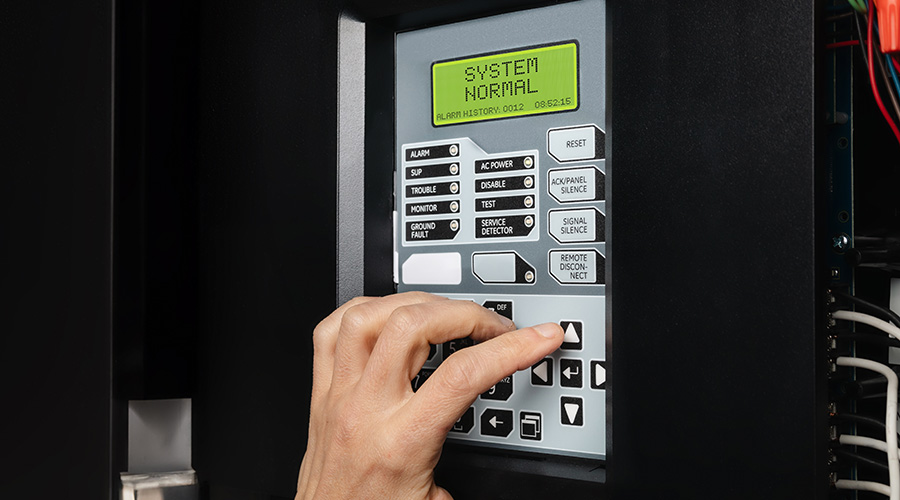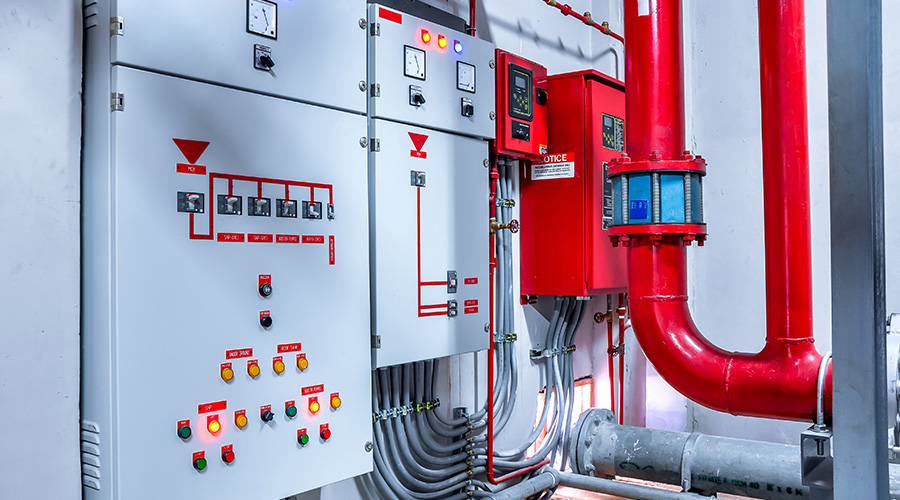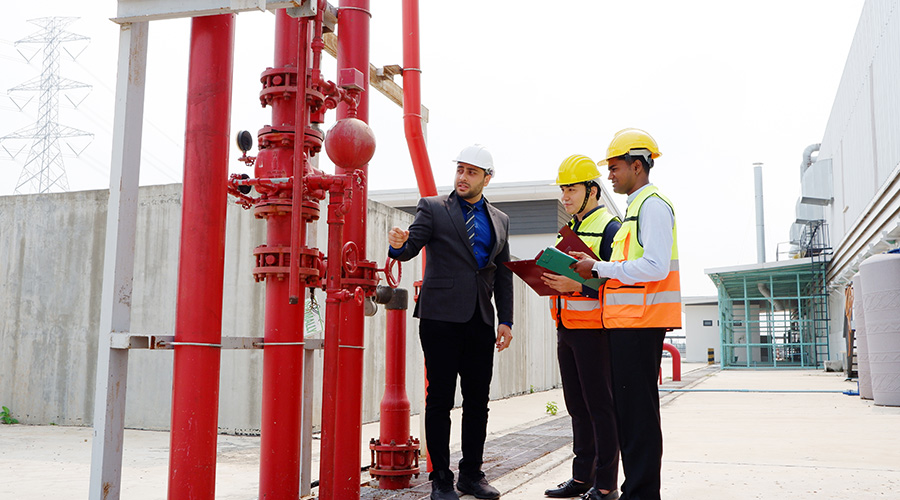Steps to Prevent Fires During Work on Historic Buildings
Knowing the vulnerabilities is the first step toward prevention.
By Birgitte Messerschmidt, contributing writer
Renovating or restoring historic buildings checks all the boxes of what’s trending in architecture design around the globe: sustainability, adaptability, and human well-being. This is because these projects do more than just preserve impressive structures from the past – they also save space, reduce waste, and revitalize communities. At the heart of these projects is the notion of breathing new life into old or culturally significant buildings, whether it’s reimagining the purpose of these buildings to meet new needs, modernizing them for functionality or aesthetics, or updating their infrastructure for improved safety or efficiency.
Unfortunately, there’s also an undeniable “fire problem” associated with these projects. In fact, a consultant in architectural conservation recently estimated that “one historic building per day goes up in flames around the world.” One heartbreaking example from the past year was the fire that significantly damaged the 17th century Børsen building in Copenhagen, Denmark. This historic stock exchange building partially collapsed, including its iconic spire of intertwined dragon tails. While the cause of the fire hasn’t yet been revealed, it started in the copper roof that was being replaced, making it very likely that the ongoing renovations were the contributing factor.
The consequences of such fires include more than just damage to beloved external structures; many of these buildings also house invaluable treasures – in the case of the Børsen building, historical paintings and other priceless artifacts. Occupants may also face injuries or death, since many buildings are in use as renovations take place. Between these risks to humans and property and data from NFPA showing that fires that occur during renovations can be twice as costly as non-renovation fires, the stakes are high for achieving better fire prevention during these projects.
To mitigate these risks, we have to ask ourselves, “What vulnerabilities do historic buildings share that make the risk of fire so great during renovation or restoration?” First, it goes without saying that most historic buildings were not constructed with today’s fire safety standards in mind. And in cases where efforts are being made to bring them up to par, it can be quite a challenge to strike the right balance between fire safety and preserving the building’s original architecture. Other factors making them more susceptible to fires during renovations include aging materials (e.g., extremely dry timber that burns easily) or a lack of fire safety systems or infrastructure (such as proper compartmentalization).
Additionally, the renovation process itself can introduce fire safety challenges. Combustible elements may be exposed, flammable debris may be generated, or “hot work” activities like welding, cutting, or grinding may act as fire ignition sources. Further, built-in fire systems, such as alarms or sprinklers, may be temporarily disconnected, posing critical life safety risks to occupants or workers and potentially delaying response time in the case of an emergency. Finally, we can’t underestimate the human element in fires, such as errors, complacency, or even harmful intent.
However, the bright side to knowing these vulnerabilities is that we can take preventive action. To start, just as much attention needs to be placed on protecting culturally significant buildings from fires as there is on protecting them from being demolished or falling into disrepair. Reflecting on what’s gone awry during past renovations is a good first step to be more proactive, and less reactive, in preventing these tragedies.
Another important action is to close the gap between the fire safety levels normally required for buildings and the actual fire safety levels during renovations. This is particularly urgent since no specific fire safety requirements exist for buildings undergoing renovations in either the U.S. or Europe. The only exception are the jurisdictions that have implemented NFPA 241, Standard for Safeguarding Construction, Alteration, and Demolition Operations, and/or NFPA 914, Code for the Protection of Historic Structures, which provide recommendations and requirements aimed to greatly reduce the number of fires during these operations. For example, NFPA 241 requires the implementation of a fire prevention program with a designated fire prevention program manager who takes an active role in monitoring the building and the work being performed. However, while some states may reference NFPA 241 or NFPA 914 through their incorporation of other codes, they’re not as widely used as they could be, resulting in many workers being left with few specific guidelines to follow when working on historic buildings.
To this end, workers need more comprehensive training on how to create and maintain fire-safe work environments, particularly those performing hot work tasks. Certifications like the Certified Fire Protection Specialist program can give these workers the knowledge and skills to more effectively prevent and respond to fires during renovation projects. With a big responsibility to carry and so many potential hazards to be aware of, education and training will be a major part of the solution to this fire problem.
The bottom line is that as renovations or restorations of historic buildings continue to increase, so does the risk of devastating fires. By acknowledging this as a fact and learning the unique vulnerabilities of these structures, we can better protect workers, celebrated buildings, and communities. Through actionable steps such as implementing codes and standards like NFPA 241 and NFPA 914 and advancing worker fire safety training, we can ensure treasured buildings from the past continue to stand strong well into the future.
Birgitte Messerschmidt is Director of Research at NFPA.
Related Topics:






